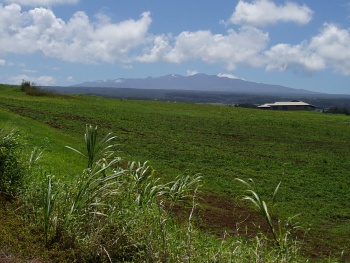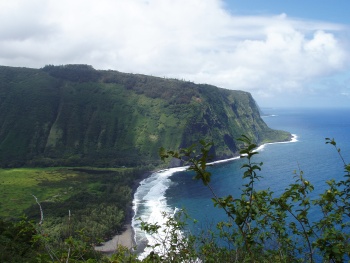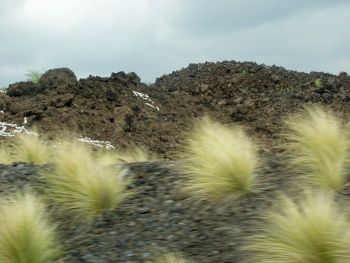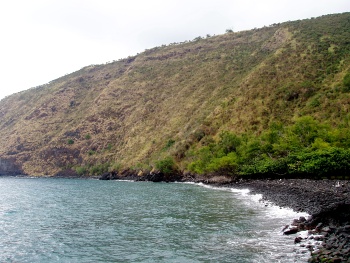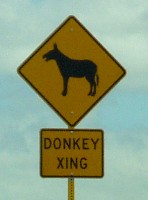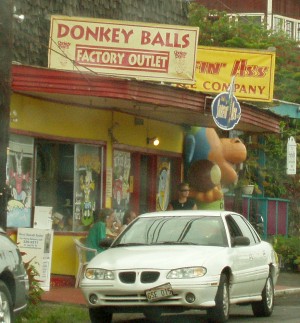So… a week in Hawaii. I guess the main thing to remember is that it is the “big island.” It can take 2½–3 hours to get from one side of the island to the other, and that’s without stopping to see anything along the way.
We stayed in Kailua-Kona, and ended up spending most of our time on that side of the island. Part of it was that, since it was basically a long-delayed honeymoon, we figured we’d splurge on a few tours. So one morning was taken up by a submarine tour through the bay outside Kona, an afternoon was taken up by a whale watching cruise on a catamaran, and an entire afternoon and evening was spent on a trip to the Mauna Kea summit.
Highly recommended guidebook: Hawaii: The Big Island Revealed. It’s written by people who actually live on the islands and just explore them constantly, and they have a very engaging style that will have you reading sections about places you aren’t even planning to go.
We did decide that if we were to stay in Kona again, we’d try to stay closer to town. While the Keauhou Beach Resort has a lot on its grounds—a restaurant, tide pools with sea turtles, a beach, some shops, and even a couple of historical sites including some heiau (temple) ruins—it was too far from Kailua proper. Kailua-Kona (the names seem to be interchangable) is a classic beach town—only in Hawaii—and parking is cramped, expensive, and limited, so you want to walk as much as possible without having to get back to the lot and move your car every two hours.
We didn’t get to see much of the Hilo side, partly because of the tours, and partly because we got back so late from Volcano National Park one night that we couldn’t wake up in time to go anywhere the next day. (Tip: Drive to Volcano Village, fill up the tank, and then enter the park. Otherwise you’ll be searching for an open gas station in the middle of the night, and there really isn’t much between Volcano and Kona, unless it’s off the main highway.)

